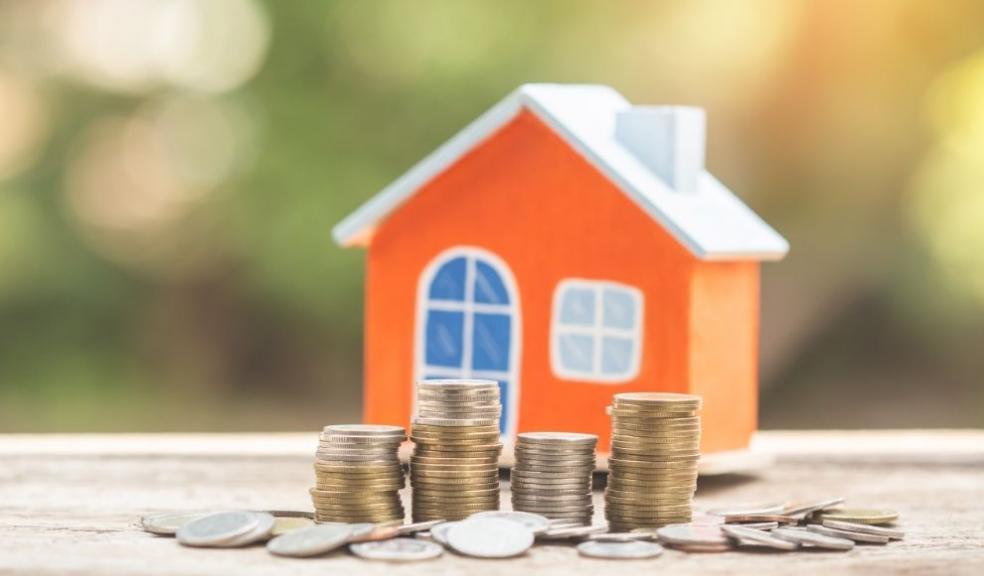
Help to buy homebuyers facing £32k interest repayment increases
The latest research by Yes Homebuyers has revealed just how much profit the government could be making via the Help to Buy (H2B) equity loan scheme due to be introduced in April.
This latest rehash of the Help to Buy initiative only requires homebuyers to save a 5% deposit with the government adding a further 20%, or 40% if you’re buying in London. Homebuyers are only required to repay the government loan once they come to sell the property.
However, the repayment due will be based on the sale price of the property when sold and not the original sum lent, meaning the government also takes a 20% slice of any house price appreciation seen during the purchase and sale of a property (again, climbing to 40% in London).
Yes Homebuyers research looked at how much this repayment could increase in each region over just five years of homeownership, based on the average annual rate of property price appreciation over the last five years.
The figures show that the government could be making the most in London. The H2B price cap in the capital will be set at £600,000, meaning buyers maximising the scheme will only be required to front £30,000 as a deposit. The government will then boost this deposit by a further £240,000 at 40% providing a significant leg up onto the property ladder.
Property prices in the capital have increased at an average of 3.2% over the last five years and should this trend continue, homebuyers will see the value of their H2B home climb to £680,787 during five years of homeownership.
Should they decide to sell, the original H2B loan amount of £240,000 will have climbed by £32,315 resulting in a repayment owed to the tune of £272,315.
H2B homebuyers in the East of England could see a maximum loan amount of £81,480 climb to £99,895 during just five years of homeownership (+£18,415), while the South East is home to the third-largest hike in the sum owed with an increase of £16,270.
Even in the North East, H2B homebuyers could get a foot on the ladder for just £9,305 based on a 5% deposit at the H2B market cap property price of £186,100. An additional 20% paid by the government would equate to £37,220 initially, however, should prices keep increasing at 2.6% a year on average, this repayment could climb to £41,239 in just five years; a £4,019 jump.
Matthew Cooper, Founder & Managing Director of Yes Homebuyers, commented:
“There’s no doubt that the Help to Buy scheme in its various forms has helped a lot of homebuyers get a foot on the ladder who might not have been able to otherwise. However, there’s a case to be made that it has also inadvertently caused house prices to keep climbing by fuelling demand from those who would have otherwise been unable to transact at that price threshold.
With the latest version of the initiative launching next month, the jury is still out on the benefit it provides. On the one hand, the government are lending a substantial sum to aid aspirational homeowners to realise their dream.
However, with the sum lent also increasing in line with price appreciation, sceptics could claim that yet another Help to Buy initiative is nothing more than the government profiteering from the desperation of hard-pressed homebuyers.
While they’re extending a helping hand via a 20% or 40% deposit boost, they are also waiting at the other end with the same hand outstretched, not only for their initial loan, but for a percentage of the total sold price.
An increase you could argue they have artificially engineered by continuing to fuel demand with schemes like Help to Buy, while ignoring the more pressing matter of building more homes to meet this demand.”
|
Region |
Equity loan price cap |
5% deposit |
Equity loan (20%, 40% in LDN) |
Repayment mortgage (75%) |
Average annual increase |
Market value after 5 years |
Homebuyer entitlement @ 80% |
Gov entitlement @ 20% |
Change in loan repayment sum |
|
London |
£600,000 |
£30,000 |
£240,000 |
£330,000 |
3.2% |
£680,787 |
£408,472 |
£272,315 |
£32,315 |
|
East of England |
£407,400 |
£20,370 |
£81,480 |
£305,550 |
5.2% |
£499,477 |
£399,581 |
£99,895 |
£18,415 |
|
South East |
£437,600 |
£21,880 |
£87,520 |
£328,200 |
4.4% |
£518,949 |
£415,159 |
£103,790 |
£16,270 |
|
South West |
£349,000 |
£17,450 |
£69,800 |
£261,750 |
4.7% |
£419,175 |
£335,340 |
£83,835 |
£14,035 |
|
East Midlands |
£261,900 |
£13,095 |
£52,380 |
£196,425 |
5.6% |
£325,893 |
£260,714 |
£65,179 |
£12,799 |
|
West Midlands |
£255,600 |
£12,780 |
£51,120 |
£191,700 |
5.1% |
£311,443 |
£249,154 |
£62,289 |
£11,169 |
|
North West |
£224,400 |
£11,220 |
£44,880 |
£168,300 |
5.0% |
£272,989 |
£218,391 |
£54,598 |
£9,718 |
|
Yorkshire and the Humber |
£228,100 |
£11,405 |
£45,620 |
£171,075 |
4.5% |
£272,100 |
£217,680 |
£54,420 |
£8,800 |
|
North East |
£186,100 |
£9,305 |
£37,220 |
£139,575 |
2.6% |
£206,197 |
£164,957 |
£41,239 |
£4,019 |









